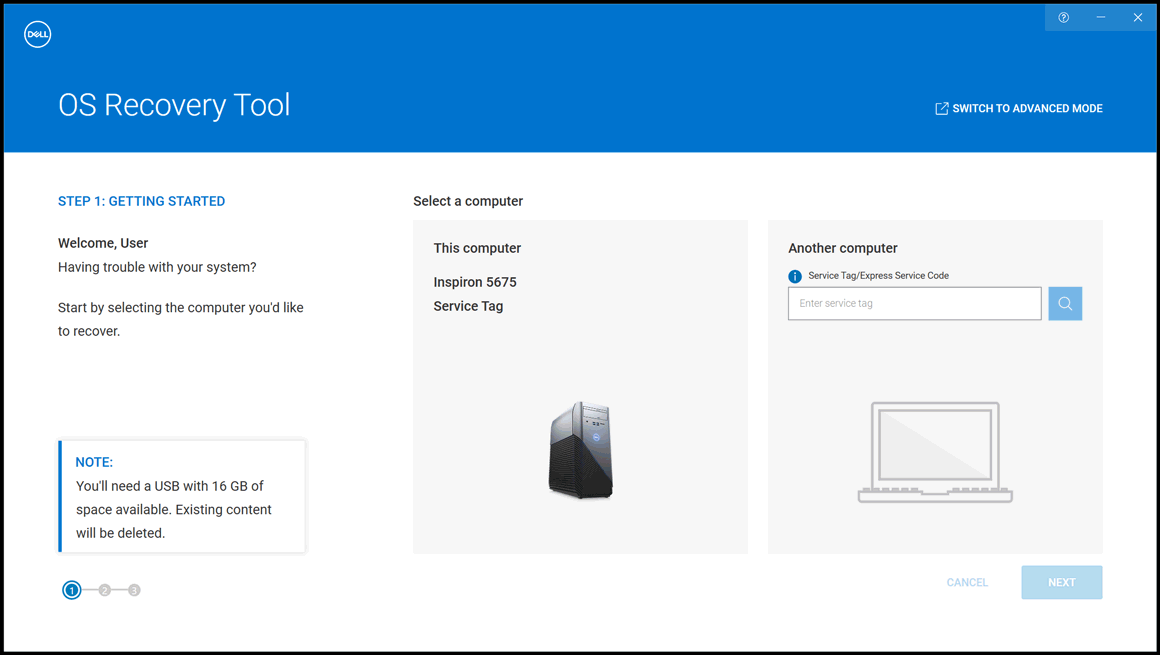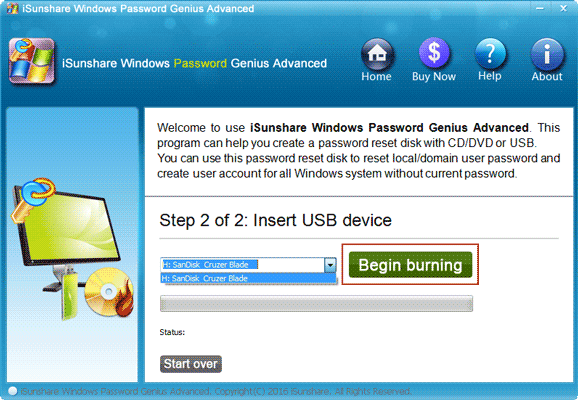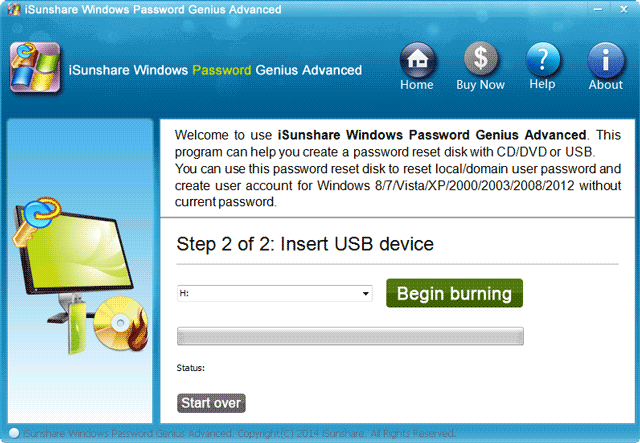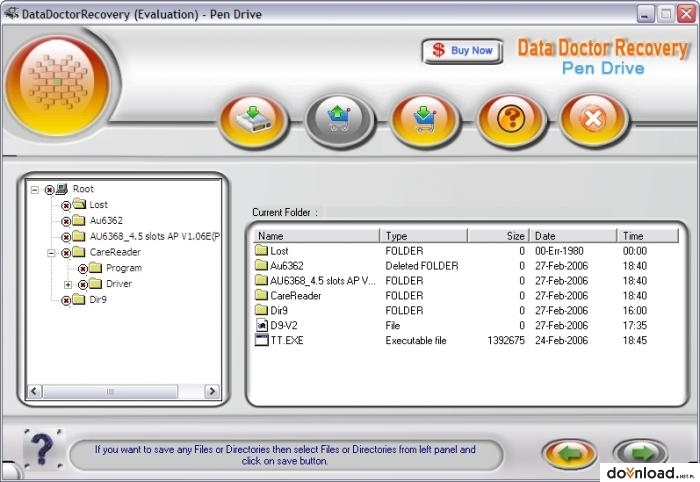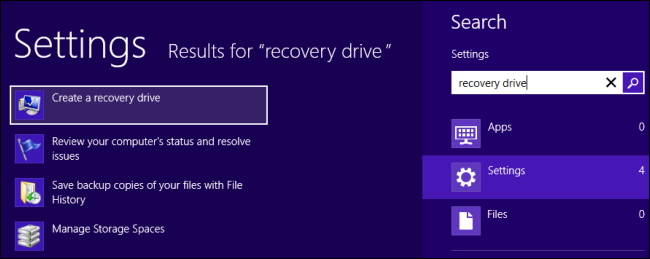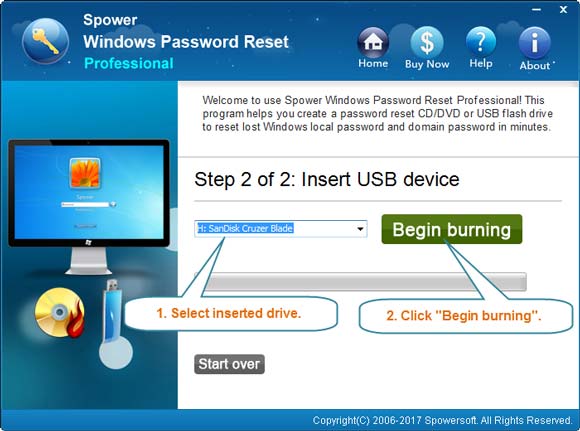Once in Setup, find the Boot section. Now change the boot order to put the device you want to boot from first; this will be DVD or USB, depending on your installation media type. Bootable USB flash drives are sometimes listed as hard disks. If this is the case you'll need to set 'hard disk' as the first boot option, then go into the hard disk boot order sub-menu and put your USB boot disk at the top of the list. Find and select the Save and Restart option or equivalent.
Your PC should now boot into the Windows 10 setup program - you may see a message to 'press any key to boot from USB', so do so. It's still not clear how to install Windows 10 from a recovery usb drive. I've easily installed Windows from Win ME to Windows 7, but this recovery deal has different directions everywhere. I was unable to make any kind of disk because when Windows 10 was forced on my computer, the resulting installation of Win 10 was a mess. I was able to create iso and usb drives from Microsoft but no real directions how to use. Lenovo did send me a usb drive says Win 10 recovery drive but also says includes all Lenovo software and drivers, etc.
When I asked Lenovo Tech support, I was told just put the usb drive into the computer and it will automatically download Windows 10. I needed a new drive so bought an SSD but it's been sitting forever. I don't know how on the t540p t0 change the BIOS to use the usb drive to start and getting no help from Lenovo or Microsoft. Your personal files, user accounts, settings, and apps that did not come with the computer are removed by performing this step. Make sure you back up all your important files on an external storage device before continuing.
Do not use this option if you have important files on the hard drive that are not backed up. You might want to seek a professional data recovery service to restore your files. Also, make sure you have any product keys or other identification required for apps you want to reinstall. Because the system recovery image is a factory-fresh version of the system , all your personal files and programs will be wiped out unless you have backed them up elsewhere. If that is not the case, you can simply download the Windows 10/11 recovery disk ISO file and burn it to your USB flash drive or CD/DVD.
If you do not want to download an unofficial file, then you can try following solutions. Although both repair tools are good, we advise using a USB recovery drive because it has similar tools as that of the system repair disc. It even back-up the system files essential to reinstall Windows. However, it does back up the installed applications or personal data. Thus, keep your computer backed up with our professional backup tool.
Recovery drives are USB drives you make that have Windows system files and tools installed on them. You need to create the recovery drive ahead of time, before the computer starts having problems. If Windows cannot start up properly, you can plug in the recovery drive, boot the Surface Book from it and use the tools on it to restore or reset the system. Your Windows 10 system Recover won't boot up and can't even fix itself.
Not if you've already created a recovery drive. A recovery drive stores a copy of your Windows 10 environment on another source, such as a DVD or USB drive. Then if Windows 10 goes kerflooey, you can restore it from that drive. The downside is that neither your personal files nor your desktop applications come along for the ride. But you should already be backing up your personal files using tools like File History. And the recovery drive at least brings Windows 10 back to a bootable and working state.
Creating a recovery drive allows you to boot from the USB drive and access the advanced startup options. Then you can use those tools to help boot and troubleshoot the issue. If you ever face a system failure issue, you might lose all your data, and therefore, it is always wise to create recovery drives. So in this article, we discussed various recovery drive programs and learned how to create a Windows 10 recovery disk. This is all about how to create Windows 10 recovery disk from another computer.
Now you can use it to restore and reset your system. It gives you a chance to directly fix your boot problem by its repairing features. Both of the previous two options are to reinstall Windows, but the first one allows you to choose to keep or remove your files. The third option is to repair your computer using recovery tools, such as, system restore, system image recovery, startup repair, command prompt etc.
But since Windows 8, Windows has added a new feature to create recovery drive using USB. It is becoming a more mainstream approach in Windows 10/11 due to the portability. So nowadays, the "recovery disk" in the broad sense usually includes bootable USB as well. Of course, if you do not have any USB drive or simply do not want it, you can still use CD or DVD tocreate a system repair disc. As well as creating a Windows 10 recovery disk you can also use third party software to clone your boot drive. If you happen to have a spare drive lying around, this is certainly an option.
For HP business PCs sold with Windows 10 Professional (64-bit) or Windows 7 Professional, you'll use a Windows desktop utility called the HP Cloud Recovery Download Tool. It should be noted that a recovery drive is not the same as a Windows 8 DVD and you cannot use it to install Windows 8. It is also important to create the recovery USB drive on the machine with the same bit-type as the one you need to repair.
If you create the drive on a 32-bit machine you will only be able to repair 32-bit versions of Windows 8. The same goes for 64-bit versions of the recovery drive. Last, but not least, Windows 8 will format the USB flash drive that you use to create the recovery drive. Therefore, make sure you backup all your data before beginning this process.
Dell provides operating system recovery image for Windows, Ubuntu, or Linux that was factory installed on your computer. You can download and use the Dell operating system recovery image to perform a clean installation, or reinstall Windows, Ubuntu, or Linux on your Dell computer. The Dell operating system recovery tool provides an interface to quickly download and create a bootable USB drive to reinstall the operating system. They do the same thing essentially, they allow you to boot and recover your windows installation. However there is a one difference and that's that, I believe, the recovery drive tool only gives you the option to create a disk for the computer you are using. It's exactly like the recovery partition that some computers and laptops have.
Windows 10 Download For Pc Usb During the process to create Windows 10 recovery disk from another computer, there is the possibility of failure, and the program may tell you "We can't create the recovery drive. A problem occurred while creating the recovery drive". When it happens, firstly you should check if the disk or USB is well connected. Besides recovery media, it's also recommended tobackup Windows 10 regularlyin case of unexpected data loss. A recovery drive isn't a system image, and cannot ensure your personal files, settings, apps, etc. The second option is that you're trying to install Windows from a USB flash drive or DVD, but you created the installation media without the proper permissions.
To change that, download the Windows 10 Media Creation Tool and locate it on your hard disk. Right-click it and select Run as Administrator. Follow the wizard through as before and re-create the installation media. You should now be able to install Windows 10. On Windows 10, you can use at least two tools to create a USB bootable media.
You can use the Microsoft Media Creation Tool to download the files onto a removable storage with support for both firmware types . Or you can use Rufus, a third-party tool that makes it easy to create a flash drive to install Windows with support for UEFI. You also have the option to either create a vanilla Windows 10 installation or to back up your config files too.
If you choose to backup your files, Windows will back up some of your customizations. It will back up drivers, apps, any customizations you have made to Windows, power plan settings and a range of other files. These files will be necessary should you need to run either Reset this PC or Recover from a drive commands in advanced startup. I would always recommend including these files if you have a disk large enough.
You can either choose to Continue booting Windows 8, Turn off your PC, or use a variety of tools to Troubleshoot your Windows 8 installation. As you most likely are using the recovery drive because Windows 8 is not starting correctly, click on the Troubleshoot option. This will open the Troubleshoot screen that contains various tools that you can use to repair Windows 8. A system repair disc is a bootable DVD or CD with all the needed software to troubleshoot Windows and restore the PC when it fails to start properly. It has been around since the Windows 7 innovation. A bootable drive is the recovery drive that offers users access to the same troubleshooting software as the system repair disc.
However, it also allows users to reinstall Windows . This allows you to create a recovery partition on your hard drive similar to those supplied by manufacturers on pre-installed systems. Before you can install Windows using a USB, you need to create the installation media itself. This will be read by your computer once the USB flash drive is connected, allowing it to boot from USB. Below are the steps to create this bootable USB flash drive using the Media Creation Tool issued by Microsoft.
Don't worry, and get corresponding solutions below. Another easier way to create a recovery USB is by using third-party software. The recovery drive created by the built-in tool will not work on different bits of the system.
For recovery media to boot any versions of Windows 10/8/7, you can use EaseUS Todo Backup. It allows users to create a Windows recovery USB drive for an immediate system recovery whenever users run into trouble in starting a computer. If you don't have a boot override menu, you'll need to go into the BIOS or UEFI Setup program, which is where you change some of your computer's more low-level settings. The right key to enter Setup varies from PC to PC, but is usually Delete, F2 or F10, and you'll need to press it almost immediately after you turn your PC on or restart it. If you look carefully, you may see the relevant key displayed onscreen as the computer turns on.
Some more modern laptops, such as certain Lenovo models, have a special button to enter the Setup program, which you'll most likely find next to the power switch. Setup menus vary widely in look and layout, but all follow a similar logic, so if you look carefully you'll be able to find all the options we mention in this guide. Windows 8 has the ability to create a bootable USB flash recovery drive that can be used to troubleshoot a Windows 8 computer that is unable to start. A recovery drive is the same as a startup repair disk, but instead of being on a CD/DVD it is on a bootable USB drive. The greatness of Windows 10 is that you are allowed to create a system repair disk or boot drive which can be used to troubleshoot as well as restore your PC. With this media, you get access to advanced startup options of Windows 10.
If you download a large file through a Dell online application , you may receive a "Not enough space on drive" error. This is due to a space limitation on the hard drive where the files are being saved to. Some operating system recovery images can be up to 16 GB in file size.
Dell SupportAssist OS Recovery provides a recovery environment with tools to diagnose and troubleshoot issues that may occur before your computer boots to the operating system. When your computer is unable to boot to the operating system after repeated attempts, it automatically starts SupportAssist OS Recovery. This recovery environment enables you to diagnose hardware issues, repair your computer, back up your files, or restore your computer to its factory state.
Hard drive cloning is a way to make sure your computer is always available and is a useful tool for making a more complete version of a recovery disk. The downside is that most of the software required to create a clone costs money and you also need a spare hard drive. There are some free software that can do the job, give them a try before making an investment. To use a recovery image, boot from the installation media, choose Troubleshoot from the Windows Recovery Environment, and then choose Recover From A Drive. After a few initial prompts, the process is completely automatic.
The advanced options include tools like System Restore and System Image Recovery to restore your PC. You can also configure your startup settings, uninstall Windows 11 updates, and access the Command Prompt. You can also reset your PC to factory settings. A recovery disk helps you to utilize different Windows recovery choices.
Even if your computer doesn't boot.In case you can't restore your PC, the system repair disk or boot drive allows you to reinstall your OS. Some users complain that their system crashed before making a recovery disk. They can create a Windows 10 recovery disk on another computer and use it to boot their troubled PC. If you upgraded to Windows 10 using the media creation tool you have the option to use it to create install media either on a disc or a USB flash drive. The operating system recovery image may not contain the latest device drivers for your Dell computer. The latest device drivers are available at Dell.com/support/drivers.
After the operating system is installed, Dell recommends that you download and install the latest device drivers. Typical operating system recovery image files in an ISO file format are between 5-16 GB in size . Once the file is downloaded, the Dell OS Recovery Tool verifies the integrity of the file before creating the USB recovery media. The time to download and verify the integrity of the file can vary depending on network speed and file size. Learn how to download the operating system recovery image for your Dell computer using a Windows-based computer. The Dell OS recovery tool provides an easy interface to quickly download and create a bootable USB drive to reinstall the operating system.
Find information about how to download the recovery image, create a recovery USB drive to install the operating system on your Dell computer. To find this function, you need to write on the search bar "Create recovery unit". You will have to use a USB stick with at least 4 GB of space or 8 GB for 64-bit systems. There are times when the computer cannot boot from the recovery disk.
In this case, you need to enter BIOS to reset the boot device. To do this, insert the recovery disk into the slot and boot the computer. At this time, enter the BIOS and in the settings select the "Boot" tab. Here, select "change boot order". Now put the appropriate priority over the other drive and press F10.


